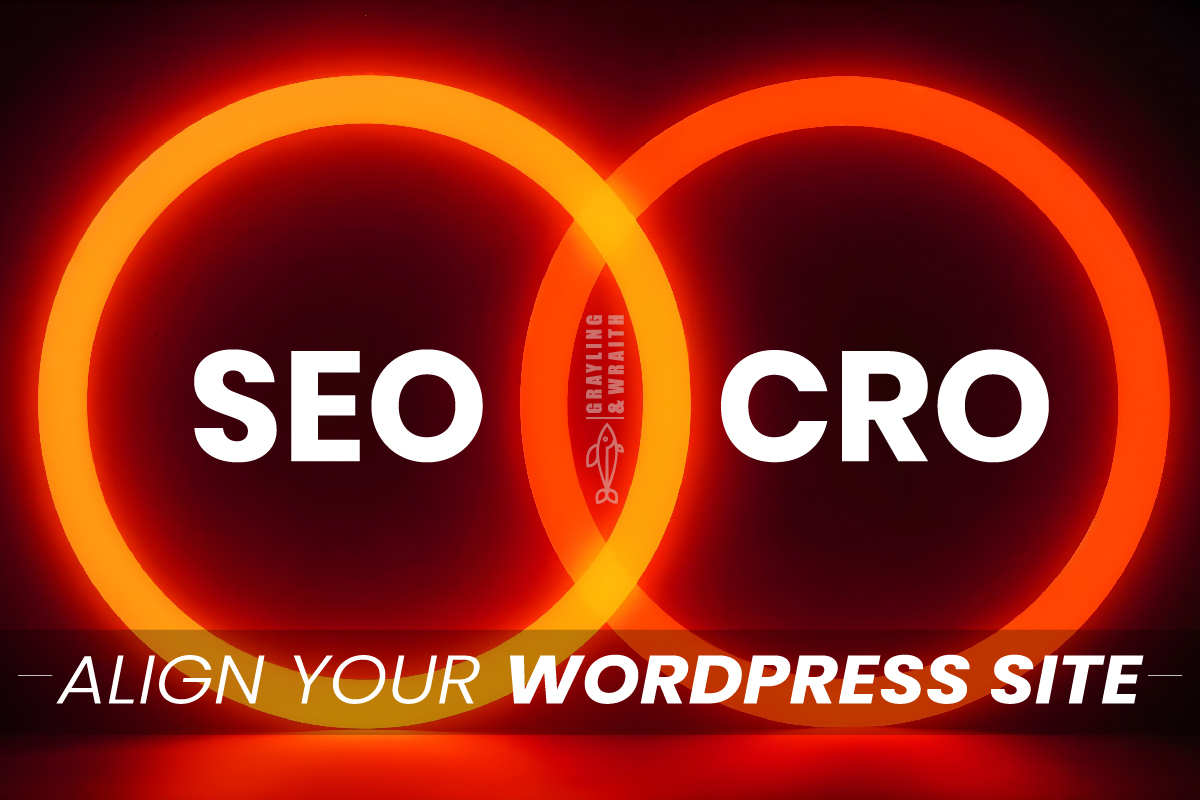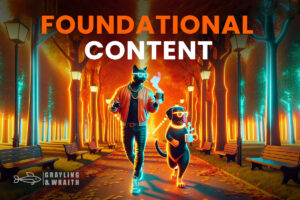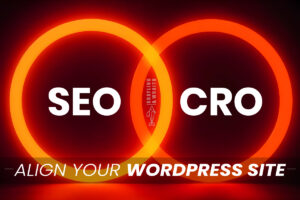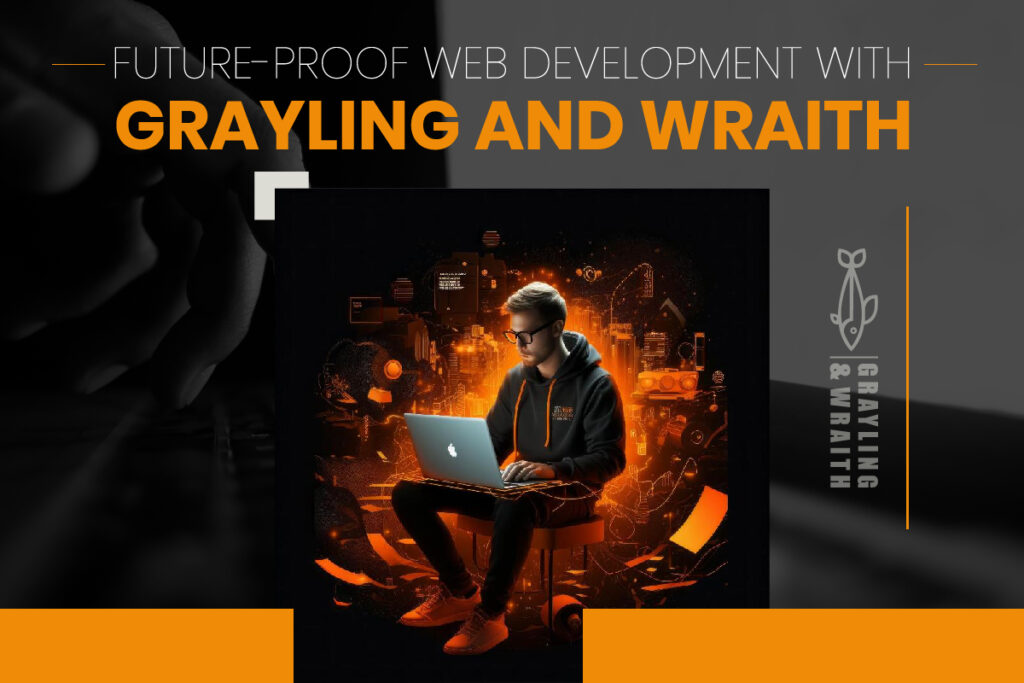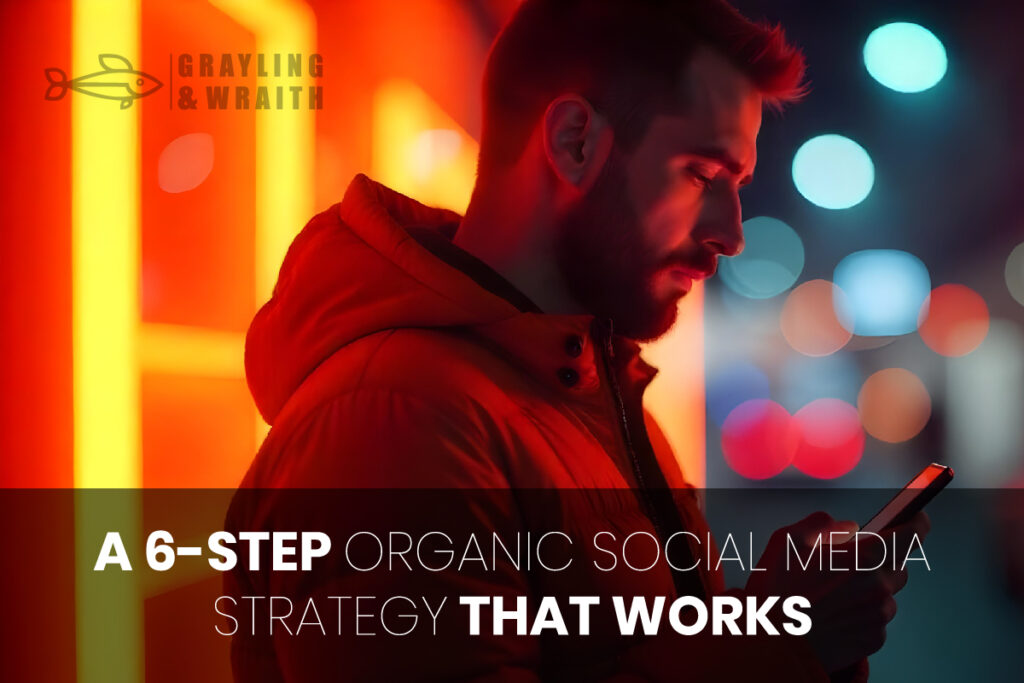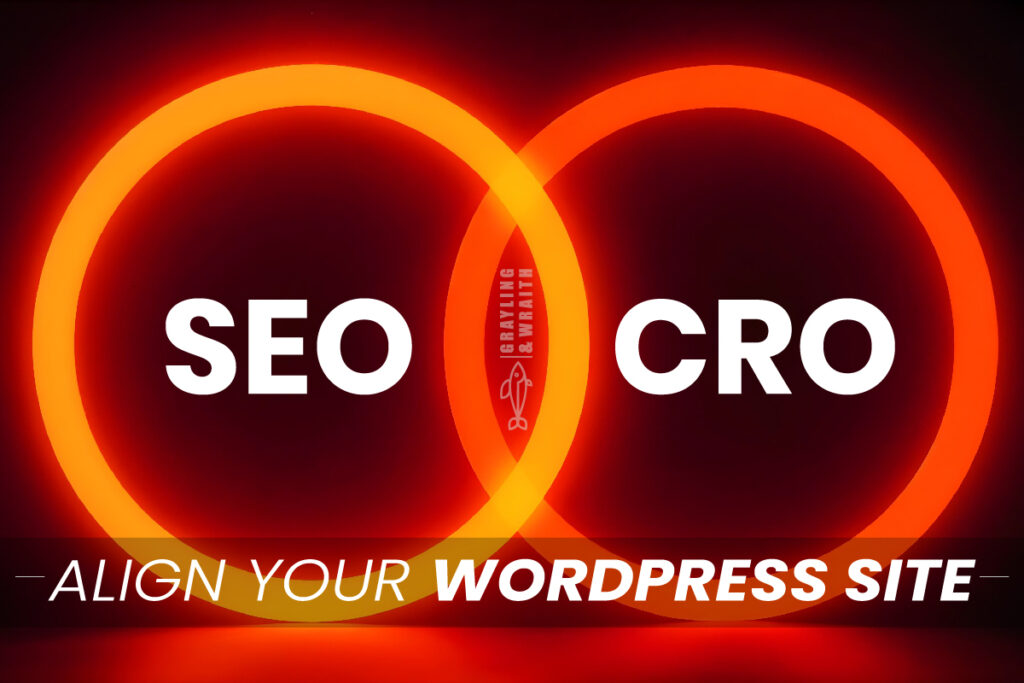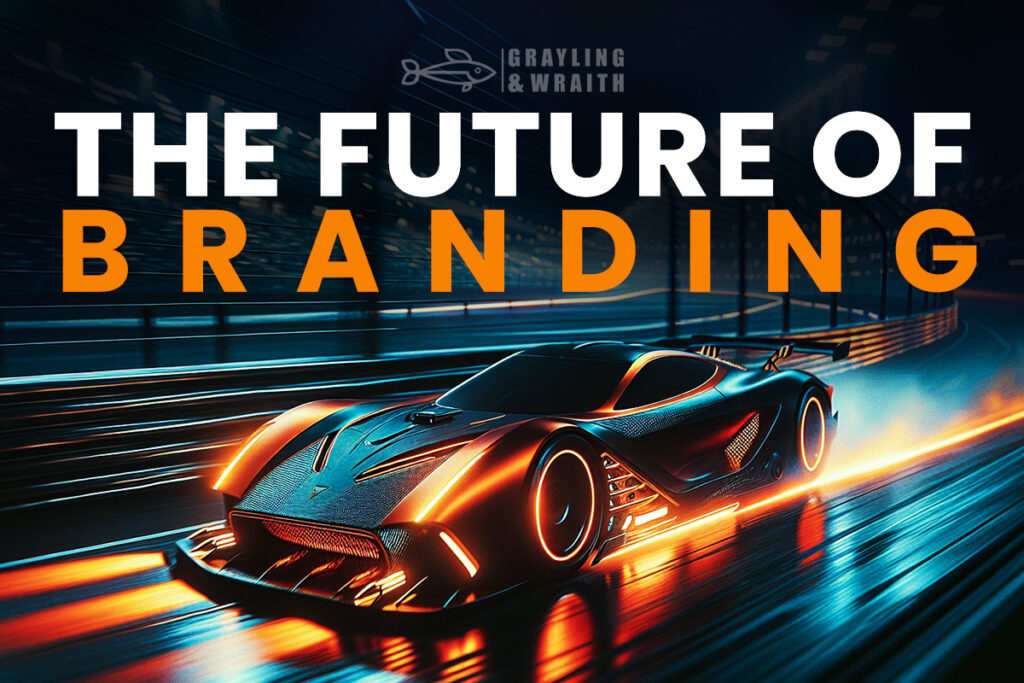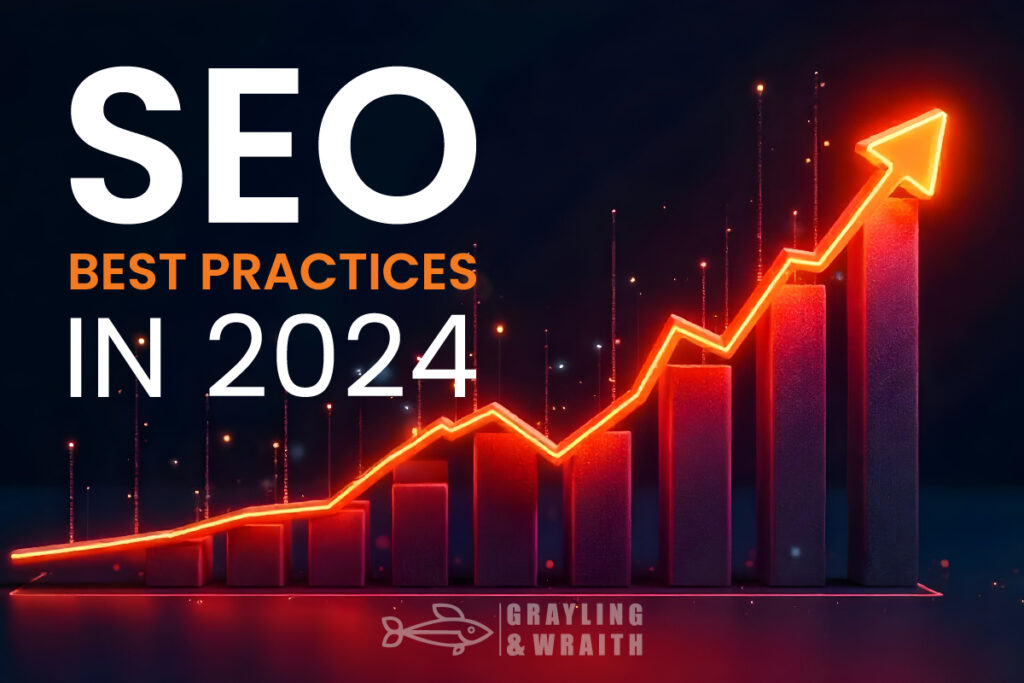In today’s digital era, mastering SEO (Search Engine Optimization) and CRO (Conversion Rate Optimization) is no longer optional—it’s essential. For WordPress site owners, finding the perfect balance between attracting traffic and converting that traffic into paying customers or subscribers is the key to sustained growth.
While SEO helps your website rank higher on search engines and drive traffic, CRO focuses on turning that traffic into tangible business results, such as sales, leads, or sign-ups. When these two forces are aligned, you unlock your site’s full potential, ensuring that the right traffic arrives and follows a carefully crafted journey toward conversion.
In this comprehensive guide, we will explore the intricacies of aligning SEO and CRO to achieve maximum performance on your WordPress site and take an in-depth look at how Grayling & Wraith can support your CRO efforts.
Aligning SEO and CRO Strategies for Maximum Impact
At their core, both SEO and CRO aim to satisfy user needs. SEO ensures that your content is easily discoverable by search engines, while CRO ensures that visitors have a seamless experience that leads to conversion once visitors arrive.
However, having a website that ranks well is not enough; it struggles to convert visitors. Likewise, a highly optimized conversion funnel won’t matter much if you don’t have any traffic. To maximize your WordPress site’s performance, you must create a holistic strategy that prioritizes both.
Key Considerations for Alignment:
- SEO Generates Traffic: SEO strategies like keyword optimization, quality backlinks, and content relevance are essential for driving organic traffic to your WordPress site.
- CRO Converts Traffic: CRO focuses on the user experience, optimizing elements like CTA buttons, form placements, and page speed to ensure visitors are engaged and compelled to take action.
The ROI of Combining SEO and CRO
By aligning your SEO and CRO efforts, you’re maximizing both strategies’ return on investment (ROI). Imagine spending time and resources to boost your site’s rankings through SEO but neglecting CRO, leaving visitors confused or unmotivated to convert. This results in high bounce rates and low engagement, undermining your SEO efforts.
But by integrating CRO into the mix, you can transform traffic into conversions. An SEO-optimized landing page combined with clear and actionable CTAs can boost conversion rates significantly. By doing so, you’re improving user satisfaction and key SEO metrics like dwell time, which can further boost rankings.
Example in Action:
Let’s say you have an article optimized for the keyword “best WordPress SEO plugins.” Visitors might leave without converting if the page is well-optimized for SEO but lacks clear CTAs, engaging content flow, or trust signals. By incorporating CRO strategies like persuasive CTAs (“Download our free guide to SEO plugins”), social proof (customer reviews), and easy-to-navigate design, you can lead visitors down the conversion path.
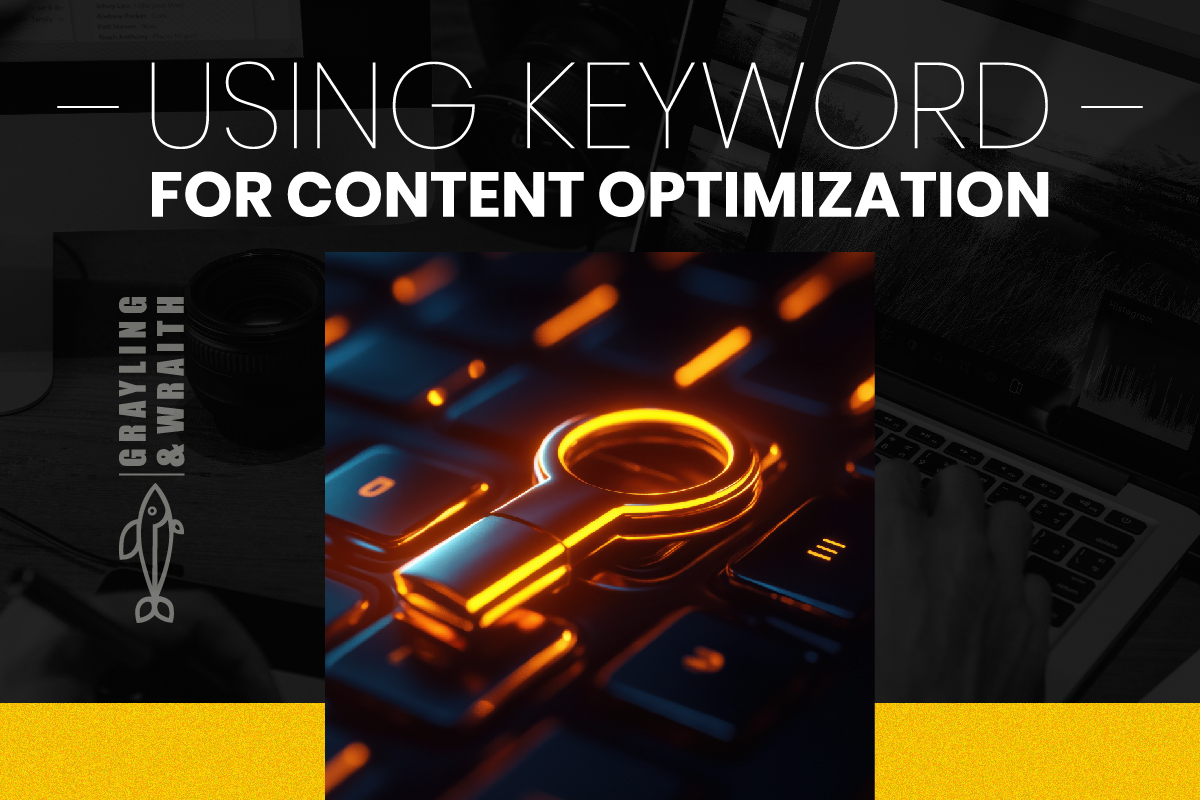
Using Keyword Research to Optimize Content for Rankings and Conversions
Keyword research is typically seen as an SEO-only practice, but it also plays a pivotal role in CRO. The key is to target keywords that align with your audience’s needs and motivations.
Understanding Search Intent and How It Relates to Conversions
One of the most important aspects of keyword research today is understanding search intent. Gone are the days when SEO was simply about high search volume. Now, it’s more about understanding the why behind a search query.
Search intent can be classified into several types:
- Informational intent: The user seeks information (e.g., “how to improve WordPress SEO”).
- Navigational intent: The user is looking for a specific website or page (e.g., “Yoast SEO plugin”).
- Transactional intent: The user is ready to purchase or take action (e.g., “buy the best WordPress SEO plugin”).
How to Leverage Search Intent for CRO
For CRO, it’s essential to align your content with keywords that have transactional and commercial intent. Visitors coming from these queries are much more likely to convert. These keywords should inform your landing pages, product pages, and even blog posts with conversion-focused CTAs.
- Focus on Conversion-Focused Keywords: Instead of only optimizing for broad, informational keywords, prioritize long-tail keywords that signal conversion readiness. For example, someone searching for “best SEO plugins” might be doing general research, whereas someone searching for “purchase SEO plugin for WordPress” is ready to buy.
By catering your content to the user’s search intent and optimizing landing pages for those specific needs, you improve your rankings and the chances of converting those visitors.
Deep Dive Example:
Let’s say you’re targeting the keyword “buy SEO plugin for WordPress.” To cater to this search intent, create a landing page highlighting features and benefits and clear CTAs like “Buy Now” or “Start Your Free Trial.” Ensure that trust signals like customer reviews, secure payment icons, and money-back guarantees are prominently displayed. This optimizes both SEO and conversion likelihood.
On-page SEO Tactics That Enhance User Experience and Conversions
On-page SEO is often seen as purely technical, focusing on meta tags, alt texts, and internal linking. However, on-page SEO elements also significantly impact CRO, as they directly influence user experience.

Core On-Page SEO Strategies That Boost Conversions:
- Page Load Speed: According to Google, a one-second delay in mobile load time can impact conversion rates by up to 20%. A fast-loading website not only ranks higher but also keeps users engaged. Use tools like GTMetrix or Google PageSpeed Insights to identify and fix speed issues.
- Mobile Optimization: With Google’s mobile-first indexing, your site must be fully optimized for mobile devices. CRO aspects like touch-friendly CTAs, mobile-friendly forms, and easy navigation improve the user experience and boost conversion rates.
- Clear Structure and Navigation: SEO loves a well-structured website. Google’s algorithms can easily crawl and understand a site with proper heading hierarchies (H1, H2, H3) and clear internal links. This structure makes it easy for users to find relevant content, leading to higher engagement and conversions.
SEO Meets CRO in User Experience (UX)
Google’s algorithms reward websites that deliver excellent user experiences. Elements like quick load times, intuitive navigation, and easy-to-digest content all contribute to a better UX, which in turn helps CRO. Optimizing for these technical SEO factors naturally aligns with user behavior, creating a smoother path to conversion.
Example: Page Speed as a Dual Force for SEO and CRO
Suppose you’ve optimized for the keyword “WordPress SEO strategies.” However, your site takes five seconds to load. Even if users click through, many leave before engaging with your content; speed optimization reduces bounce rates and increases the likelihood that visitors will convert by keeping them on the page longer.
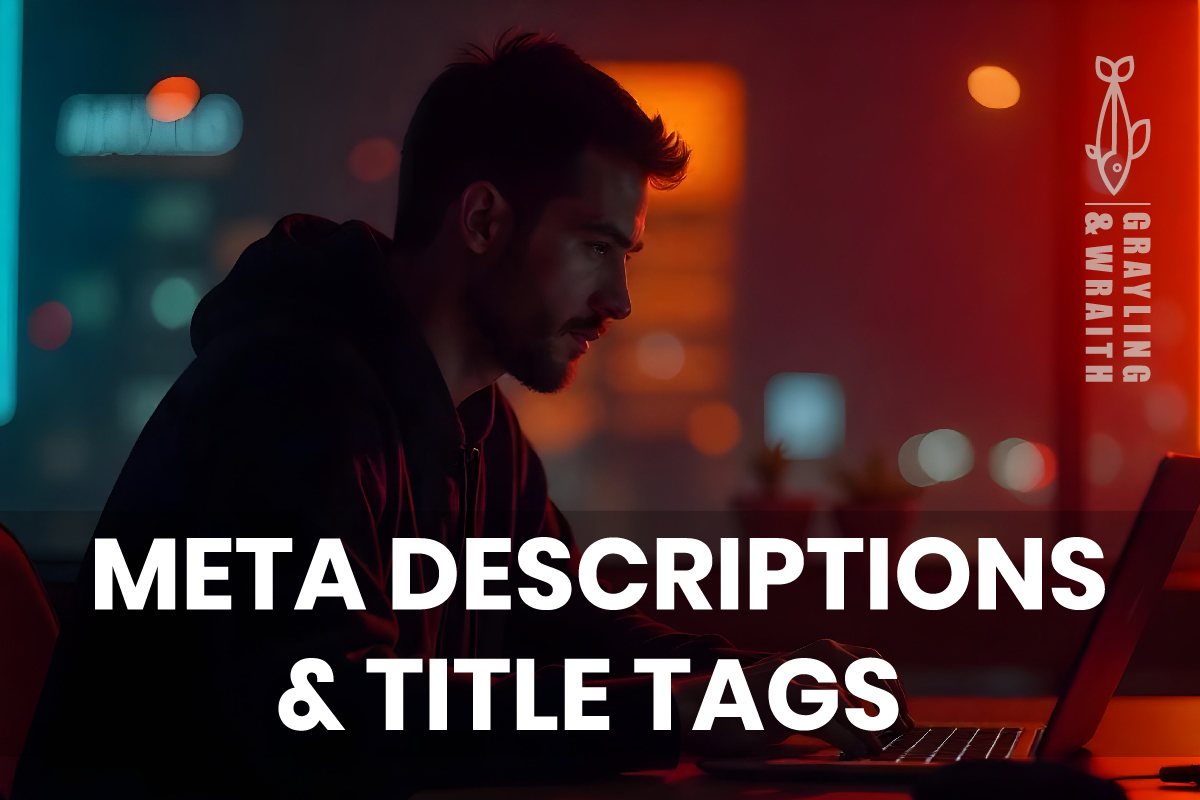
Optimizing Meta Descriptions and Title Tags for CTR and Conversions
Meta descriptions and title tags seem like minor details, but they play a pivotal role in SEO and CRO. These elements are your first chance to make an impression on a potential visitor—and often determine whether a user clicks on your result in the SERPs or chooses a competitor.
Crafting Click-Worthy Meta Descriptions and Titles
Meta descriptions and title tags should be optimized for SEO and written to increase click-through rates (CTR) and conversions. A compelling title tag will grab attention, while a well-written meta description will persuade the user that your content is the best solution to their query.
- SEO Optimization: Ensure your target keyword is placed in the title tag and meta description.
- CRO Focus: Highlight a unique value proposition or benefit. For instance, instead of stating “WordPress SEO Services,” try “Increase Your WordPress SEO by 30%—Get Your Free Audit Today.”
Example of Optimized Meta Tags:
- Title Tag: “Top WordPress SEO Plugins to Boost Your Conversions—Free Guide”
- Meta Description: “Discover the best WordPress SEO plugins to improve site performance and boost conversion rates. Download our free guide today for expert insights.”
By merging SEO best practices with conversion-focused copy, you can boost both your rankings and the likelihood that users will click on your site and convert.
Using Search Intent to Guide Content Creation and Landing Page Design
Understanding search intent is the bedrock of both successful SEO and CRO strategies. Each piece of content should be tailored to the query your audience is typing into search engines.
Types of Search Intent:
- Informational: Users seek knowledge or solutions (e.g., “how to improve SEO on WordPress”).
- Navigational: Users want to find a specific site or brand (e.g., “Yoast SEO plugin website”).
- Transactional: Users are ready to take an action (e.g., “buy SEO plugin for WordPress”).
Aligning Content and Landing Pages with Intent
When you create content or design landing pages, ensure that they align with the intent behind the search query. For informational intent, long-form guides and blog posts work best, while transactional intent requires focused, conversion-driven landing pages with clear CTAs and compelling offers.
Conversion-Driven Example:
If targeting the keyword “buy SEO tools for WordPress,” create a landing page that includes product features, benefits, comparison tables, and a clear “Buy Now” or “Start Free Trial” CTA to match the user’s transactional intent.

Grayling & Wraith: Your Partner for CRO Excellence on WordPress
At Grayling & Wraith, we understand that driving traffic to your WordPress site is only half the battle. The real challenge—and opportunity—lies in turning those visitors into loyal customers. As a leading CRO (Conversion Rate Optimization) consultancy, we specialize in helping businesses like yours maximize the potential of every site visitor.
Our team of experts at Grayling & Wraith has honed the art of CRO, applying proven strategies and advanced techniques to create high-performing WordPress sites that don’t just attract traffic but convert that traffic into measurable results. Whether you’re struggling with low engagement, high bounce rates, or subpar conversion rates, we are here to help you unlock your site’s true potential.
What Grayling & Wraith Can Do for Your WordPress Site:
- Comprehensive CRO Audits: We begin with a deep dive into your site’s current performance, identifying key friction points that may be causing visitors to drop off. By analyzing your site’s design, user flow, and content, we pinpoint exactly where improvements can be made to increase conversions.
- Data-Driven A/B Testing: At Grayling & Wraith, we don’t rely on guesswork. We use rigorous A/B testing methods to determine what changes resonate best with your audience. From optimizing CTA buttons to refining page layouts, we ensure that every aspect of your site is performing at its best.
- Optimizing Your Conversion Funnels: A well-designed conversion funnel is the backbone of any successful website. We work with you to optimize every stage of your funnel—from attracting visitors at the top to ensuring smooth transitions down to the point of sale or lead generation. Our goal is to create a frictionless journey that encourages users to take action.
- Improving User Experience (UX): A great user experience isn’t just about aesthetics—it’s about functionality and ease of use. Our UX experts ensure that your WordPress site is intuitive, responsive, and mobile-friendly. We focus on making every interaction seamless, which directly boosts your conversion rates.
- Leveraging CRO Best Practices for WordPress: As specialists in CRO for WordPress, we understand the unique challenges that come with optimizing this platform. We implement best practices specifically designed for WordPress, from plugin recommendations to content structure, ensuring that your site is set up for success.
Why Choose Grayling & Wraith?
With years of experience in CRO, Grayling & Wraith is a trusted partner for businesses looking to get the most out of their WordPress sites. Our approach is tailored, data-driven, and focused on delivering tangible results. Whether you’re aiming to increase sales, boost sign-ups, or improve user engagement, we’ve got the expertise to help you achieve your goals.
Ready to take your WordPress site to the next level? Discover how we can transform your conversion rates by visiting our guide on CRO Best Practices for WordPress Sites.

